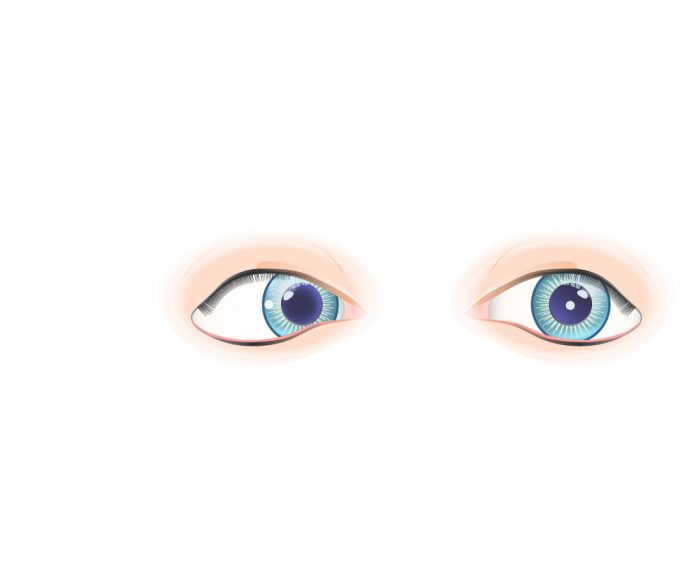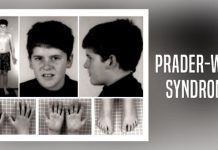Over 50% of children with strabismus have the condition at or shortly post birth and often the cause is unknown. In adults, strabismus is usually a result of an underlying medical condition or injury.
The condition is usually correctable but long term effects will and can occur if medical attention is not appropriately sought.
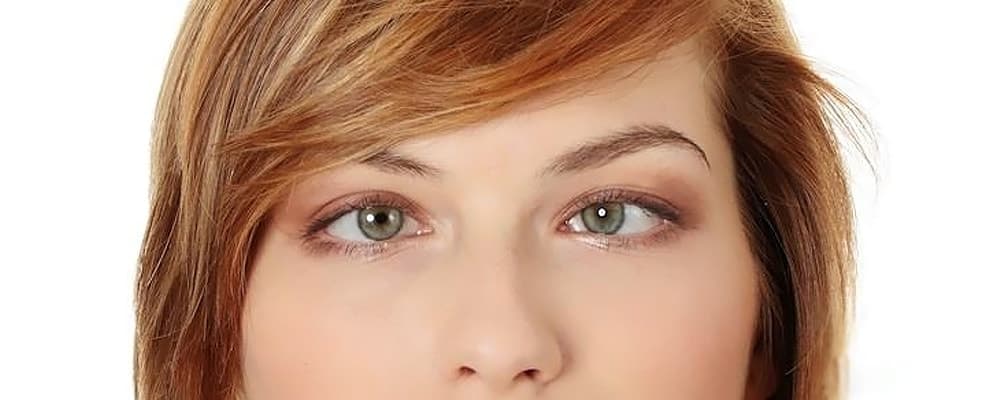
What is Strabismus?
Strabismus is a lack of coordination between the eyes resulting in a crossed eyed appearance. When looking at an object the eyes will turn without unison. It is not lazy eye.
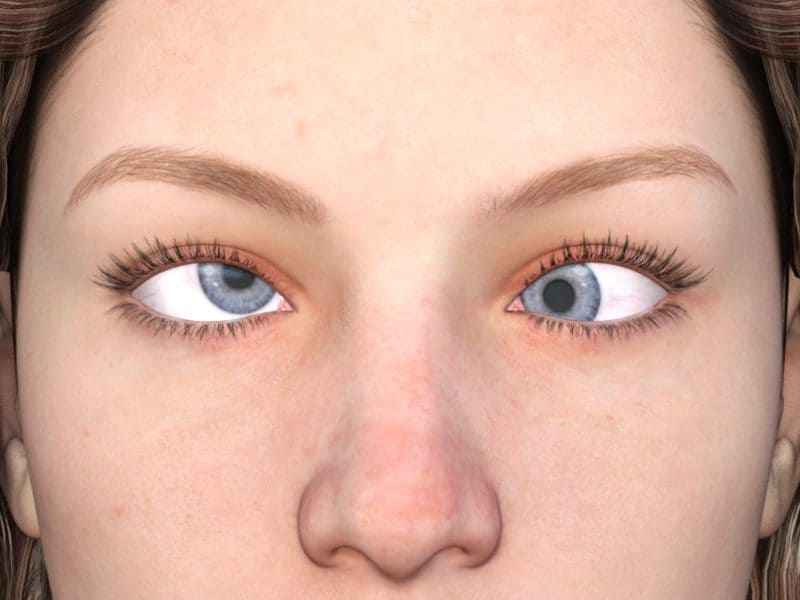
Strabismus can be classified into two general categories:
- Constant Strabismus – When the eye is turned all of the time.
- Intermittent Strabismus – When the condition occurs only some of the time (usually under periods of stress and/or illness).
What are the symptoms of Strabismus?
Symptoms of strabismus may include:
- Eyes that do not align
- Eyes that appear crossed
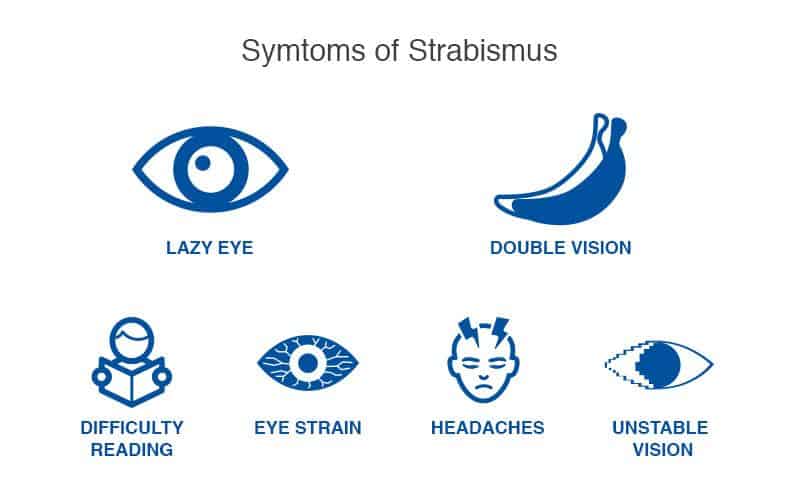
- Eyes that do not move together
- Double vision
- Vision in one eye accompanied with depth perception loss
What are the causes of Strabismus?
The causes differ greatly between adults and children with Strabismus.
In children, the cause is often unknown but can include the following:
- ROP (retinopathy of prematurity) – caused by abnormal blood vessel development
- Retinoblastoma – Cancer of the retina
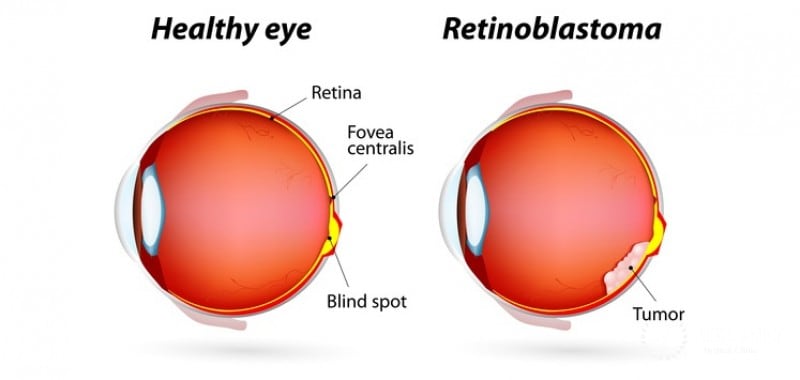
- Brain injury
- Cerebral palsy
- Hemangioma (strawberry nevus)
- Apert Syndrome – A genetic disease where skull bones close early
- Inconinentia pigmenti Syndrome- A family skin condition causing blistering and changes in skin color.
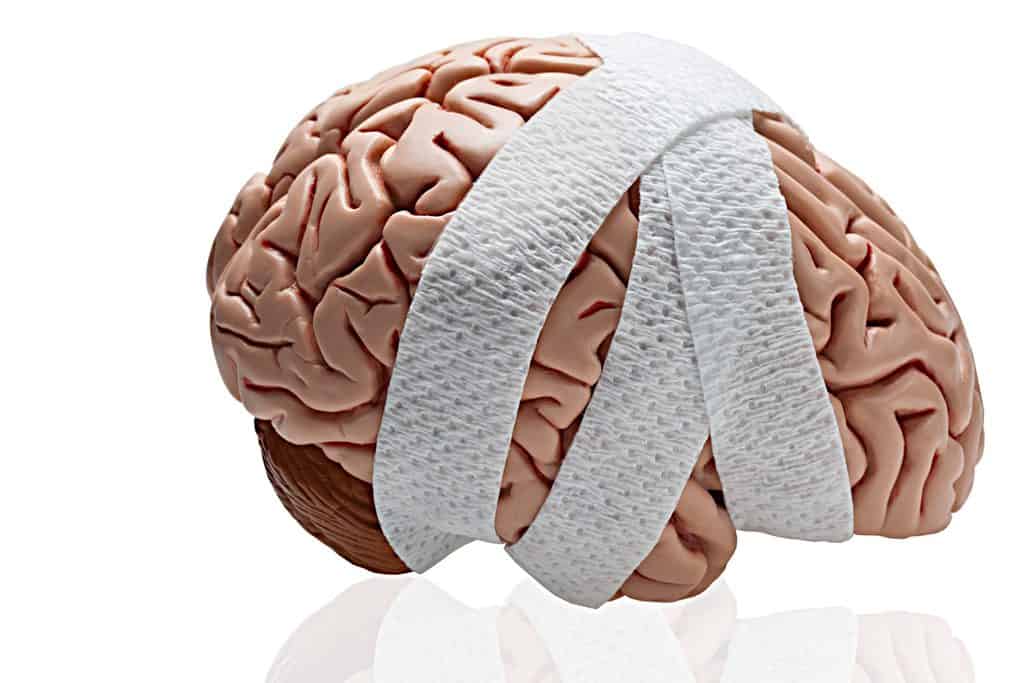
- Noonan Syndrome – A genetic disorder causing abnormal body development.
- Rubella – German measles
- Prader-Willi Syndrome
- Trisomy 18 – Where infant has three copies of chromosome 18 instead of two.
In adults, causes of strabismus can include:
- Diabetes – Loss of circulation causes acquired paralytic strabismus.
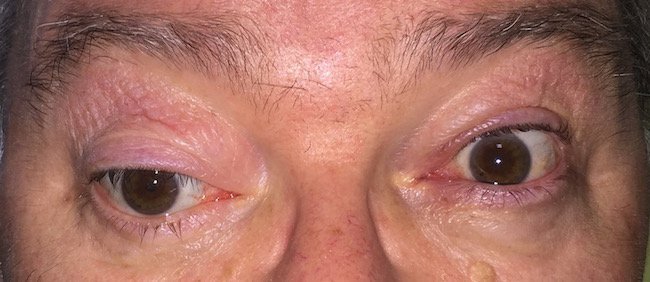
- Botulism – Entering through wounds or through improperly canned or preserved foods.
- Vision loss from disease or injury
- Guillain – Barre Syndrome – An autoimmune disorder most common in adults ages 30 to 50 years of age.
- Stroke
- Brain injury
- PSP – Paralytic Shellfish Poisoning – through eating contaminated fish and shellfish.

What is the treatment for Strabismus?
Treatment plans vary dependent upon the patients’ individual history but generally include:
- First attempting to strengthen the weakened eye muscles with glasses and/or eye exercises.
- Secondly, patching of the preferred eye for those with amblyopia (lazy eye).
- If strengthening efforts do not succeed, surgery may be selected to realign the muscles.
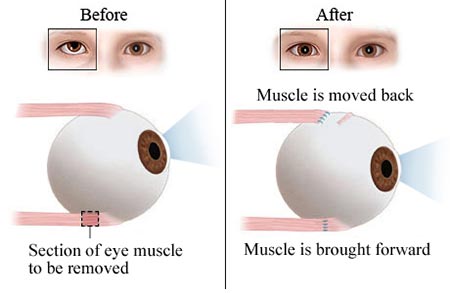
Is Strabismus hereditary?
Yes, a family history of strabismus is a risk factor. A family history of farsightedness is also a contributing factor.
Maybe you like: What Is Craniopathy?
What are the long term effects of Strabismus?
- In children, if the condition is not corrected, the brain will ignore one of the eyes input and could result in a loss of vision.

- In adults, the other eye will gradually turn outward; a condition known as exotropia.


